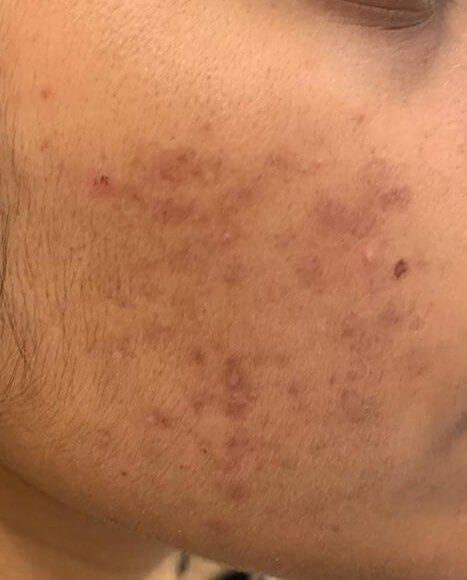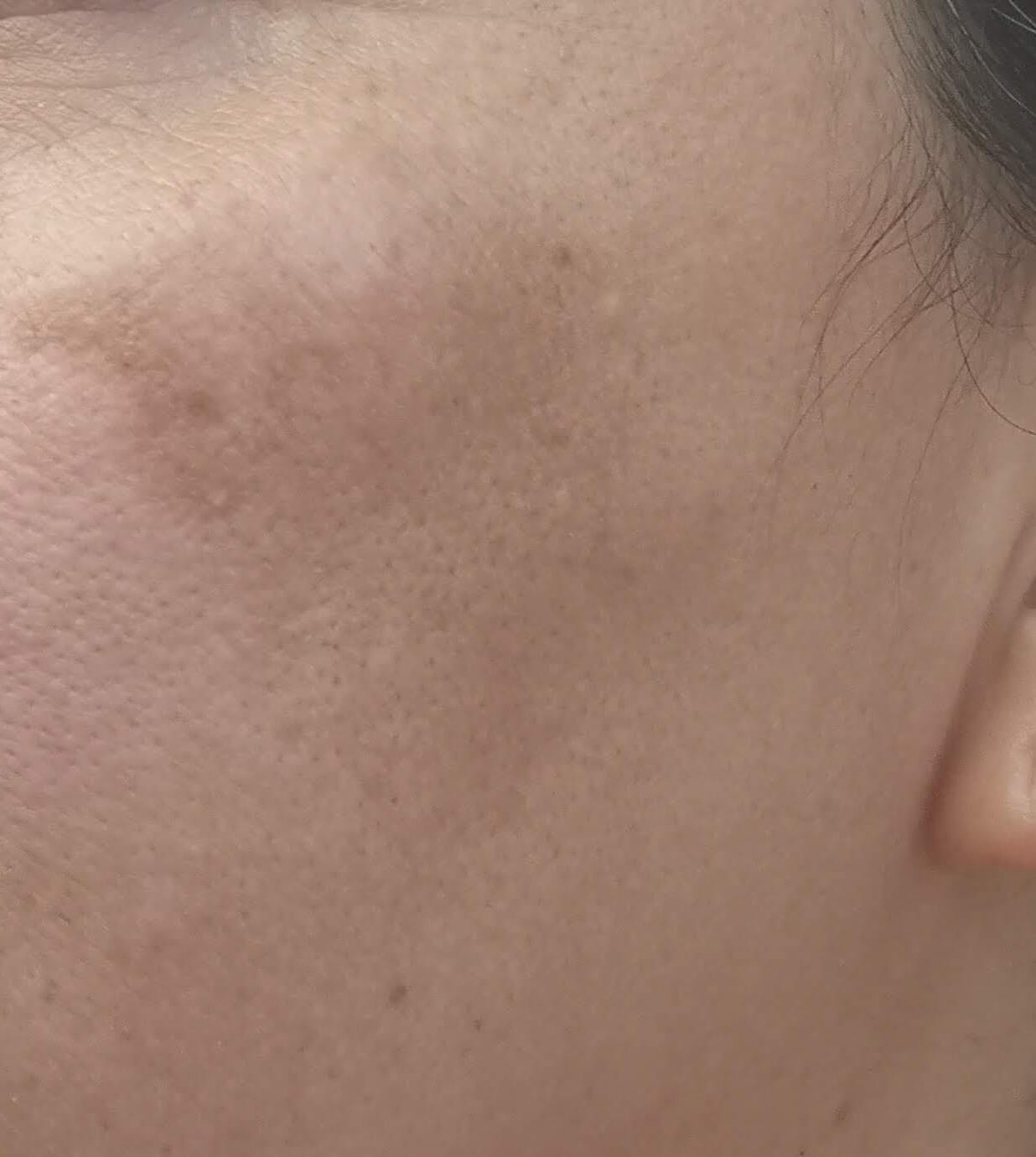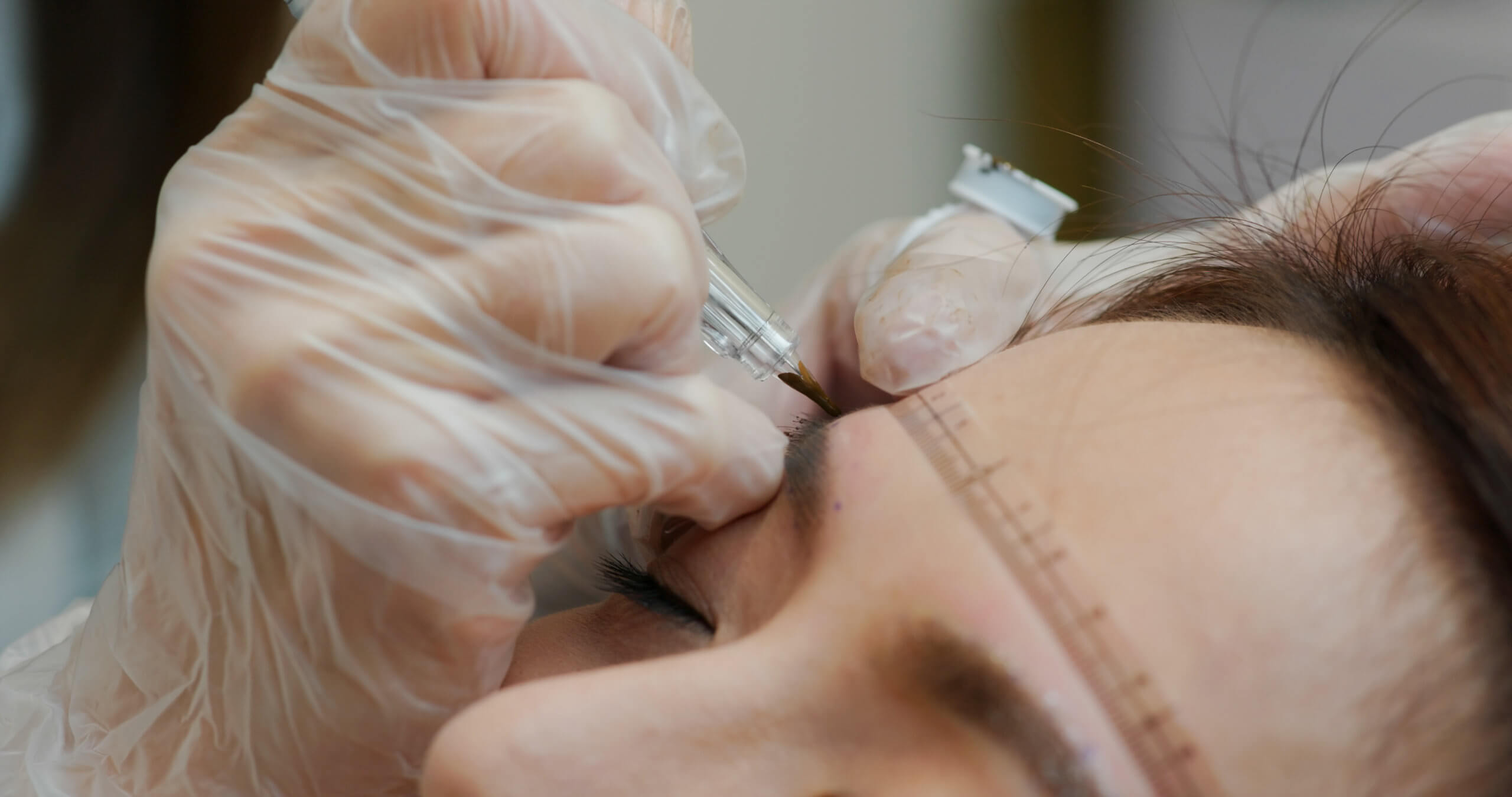Passionate about pigmentation!
Never before has skin of colour been more at the forefront, and diseases affecting this group of people recognised and its impact appreciated. Pigmentation is the most common concern for darker skin types. Did you know that most skin diseases in skin of colour presents as pigmentation in some form or the other? And that this is the reason for seeking a dermatologists opinion rather than the primary skin disease. For eg although acne presents as spots and lumps on the face, the dark spots that it leaves behind bothers them more than the actual spots?
So what is pigmentation?
It is the term used to describe changes in the colour of the skin. It could be dark patches called hyperpigmentation or light/pale patches called hypopigmentation. Commonly the term represents dark patches, and so we will focus on that today. It mainly affects skin of colour people, ie those of Latino/Hispanic, Asian, middle eastern and African descent because of the nature of the skin to pigment and the the high visibility causing psychosocial distress.
There are many causes of hyperpigmentation, the common ones being:
simple tanning which causes generalised darkening of the skin 48 hrs after sun exposure
Ageing or maturational dyschromia, which is diffuse hyperpigmentation of the lateral forehead and cheekbones
Post-inflammatory hyperpigmentation, which is very common and noticeable in skin of colour, where any insult to the skin such as trauma, even mild such as constant rubbing, scratching, acne or pimples, eczema, psoriasis, cut or burn leaves a dark mark. This can last for months to years depending on your skin type
Melasma, which is dark brown or greyish brown patches typically on the mid cheeks, but can also appear on the forehead, the chin, and the jawline as well.
Freckles or sun spots are light brown tiny patches on the face, and lentigines or age spots which are darker and slightly bigger patches, which develop more so after the age of 40.
Pigmentation on the upper lips (from lip licking, dry skin, hair removal methods, inflammation) around the eyes (dark circles) are very common which is a vast subject on its own.
There are less common causes such as
Riehls melanosis which is allergy to a skin product
Pigment demarcation lines which is physiological pigmentation (no cause) seen as light brown V or W shaped patches on the outer corners of your eyes, or linearly from the lip corners
Lichen planus pigmentosus (LPP) from inflammation – on the sides of the forehead, going down onto sides of the cheek.
Acanthosis nigricans which is dark, rough velvety skin on the back of the neck, underarms, face


What is the cause of pigmentation?
There are external and internal factors
External – sun exposure most imp, trauma, certain medications
Internal – genetic predisposition, some run in families, medical conditions such as hypothyroidism, hormonal changes – different phases of life such as pregnancy, menopause, use of oral contraceptive pills
In the skin’s upper layers there are specific pigment producing cells called melanocytes. They produce a pigment called melanin which is evenly distributed and determines our skin colour. When there is any insult to the skin or after a trigger, it can either lead to increased number or size of these cells or increased production of the pigment which accumulates in certain parts making it look prominent. One of the main pathways for pigment production is via the enzyme tyrosinase., and most of the treatments target this.
This pigment can be in the top or deeper layers of the skin which determines the response to treatment, which is very difficult once goes into the deeper layers. Therefore very important to seek treatment early to prevent reaching this stage.
Why do people seek treatment?
There are many studies that demonstrate the significant impact of melasma or pigmentation on their quality of life (QOL)
In a study in America1 they interviewed patients with melasma, who reported decreased self-esteem, feeling self-conscious, decreased freedom and frustration with expensive and ineffective treatments.
Studies around the world – Singapore, Australia, Brazil, India demonstrate melasma significantly affects QOL especially causing embarrassment and frustration.
We have been noticing similar if not worse effects in U.K., affecting their daily living such as work, family and social life. In some it was higher than other facial conditions such as acne, eczema, psoriasis.
What are the treatments?
Starting simple – even regular moisturisers can help if the cause is dry skin
Topicals – using creams or serums containing lightening agents such as Vitamin C, Arbutin, liquorice, kojic acid, azelaic acid, niacinamide.
Prescription creams containing hydroquinone, combined with a retinoid and steroid is very effective and considered gold standard
Chemical peels – done in dermatology/cosmetic clinics. Procedure in which a solution is applied to the skin which removes the top layers (the depth depending on the strength of the peel). This causes the pigment deposited in the top layers to be removed, and also allows for new smoother fresh skin to grow through. However, it is very important, especially in darker skins, to see someone with expertise in dealing with skin of colour, as in inexperienced hands can cause paradoxical hyperpigmentation.
Laser – pigment lasers are the one of the last resorts if other options fail – again should be in trained and experienced hands. It is important not to visit any beauty salon as incorrect settings can cause dark or permanent white patches or even scarring
Oral Tranexamic acid – it is considered a game changer for melasma. Studies have shown it is highly effective, however is prescribed by very few dermatologists in the country, mainly due to lack of awareness and training.
Most important of all the treatments, which is also a preventive is sunscreen application – as without this, the dark patches return even after the best treatment. Broad spectrum sunscreen, which blocks both Ultraviolet and visible light is paramount to prevention of pigmentation, therefore just picking up any bottle of sunscreen from a supermarket aisle will not work.
Any over the counter (OTC) products that are effective?
Dermaquest retinol brightening serum contains kojic acid and retinol
Neostrata Enlighten pigment lightening gel contains liquorice extract
The Ordinary Alpha Arbutin 2% + HA contains Arbutin
The Ordinary Niacinamide 10% + zinc 1%
The Ordinary Azelaic acid suspension
The Ordinary retinol 1%
Skinceuticals C E Ferulic contains Vitamin C, E and ferulic acid
Mesoestetic Ultimate whitening cream contains Kojic acid, Arbutin, niacinamide
Creams, cleansers containing 4-10% glycolic acid such as neostrata foaming glycolic wash
Just a word of caution, although Hydroquinone (HQ) was banned in OTC products by the European Union in 2000, it is still illegally available in certain stores and online. Please do not buy any unlabelled “fairness cream” from the streets or online , as can contain high concentration of HQ, or Mercury, strong topical steroids which are harmful. Especially HQ can cause paradoxical permanent darkening of skin called ochronosis.
Any home remedies for pigmentation?
Home remedies are useful for lightening of mild pigmentation such as tanning. However they are not enough for treatment of medical causes such as melasma, LPP, etc
Some masks that can be helpful:
Papaya – few pieces mashed and applied for 10 mins can brighten the complexion
Lemon, rice flour, honey (lemon has high conc of Vitamin C)
Ground almond, yoghurt (Vitamin E and lactic acid)
Milk – contains lactic acid which has lightening properties
Aloe Vera – active ingredient aloin which was found to demonstrate melanin aggregation/reduction in a study from India and aloesin inhibits tyrosinase and demonstrated suppression of pigmentation
Green tea extract – Green tea extracts comprise multiple polyphenolic antioxidants, of which epigallo-catechin-3-gallate (ECGC) is the main active ingredient. In a study of 60% of patients showed improvement on application of 2% green tea extract vs 2% placebo3
Turmeric – used for generations in Indian culture, and now is getting worldwide recognition. The active ingredient is curcumin which shows anti-inflammatory properties. 2 studies demonstrated reduction in pigmentation and fine lines, in Caucasians n Chinese women, after 4 weeks.
Does diet help reduce pigmentation?
Like discussed above, most common factor in pigmentation is sun damage, which worsens pigmentation from any cause. So protection against it is vital, and can be external (sunscreen) or internal (diet that can fight against the free radical damage)
An ideal diet for skin health is one that provides antioxidants which reduces inflammation and free radical damage esp by UV rays. I will discuss the foods rich in these, which will prevent premature ageing, but again on its own insufficient to treat medical causes of pigmentation
Bio availability of Vitamin C is inadequate when administered orally
Vitamin C rich diet – citrus fruits, pomegranate, gooseberry or amla – very rich source of Vit C (20 times more than an orange; 600mg per 100gm in amla compared to 30mg in orange
Vitamin A – green vegetables such as kale, spinach, papaya
Vitamin E – anti-oxidant effect – avocado, walnuts, almonds, sunflower seeds,
Green tea – studies have demonstrated regular consumption of at least 5cups protects skin and is anti-ageing
Dark chocolate – is rich in antioxidants such as polyphenols and flavonoids
One thing I would suggest to prevent pigmentation?
Sunscreen that blocks visible light as well as UV light, so chemical and mineral sunscreen
Which ones? To name a few brands
Anthelios XL ultralight tinted fluid
Heliocare 360 mineral
Dermaquest zinc spf 50
Neostrata sheer physical protection
Neutrogena sheer zinc
Compact sunblocks which are easy to replay through the day – Clarin’s mineral sun care compact, Heliocare colour cushion compact
How much? Teaspoon rule – 1 teaspoon for the face and neck, 1 teaspoon each per arm and leg, back and torso – 7 tsp full adult body
How often? 30 mins before stepping out of the house, then every 2-3 hours
Also indoors if on computer most of the day
Therefore rough guide for regime
7am, lunch, 4 pm
Layers?
Morning routine
Antioxidant serum
Moisturiser
Chemical sunscreen + Mineral sunscreen
Makeup


